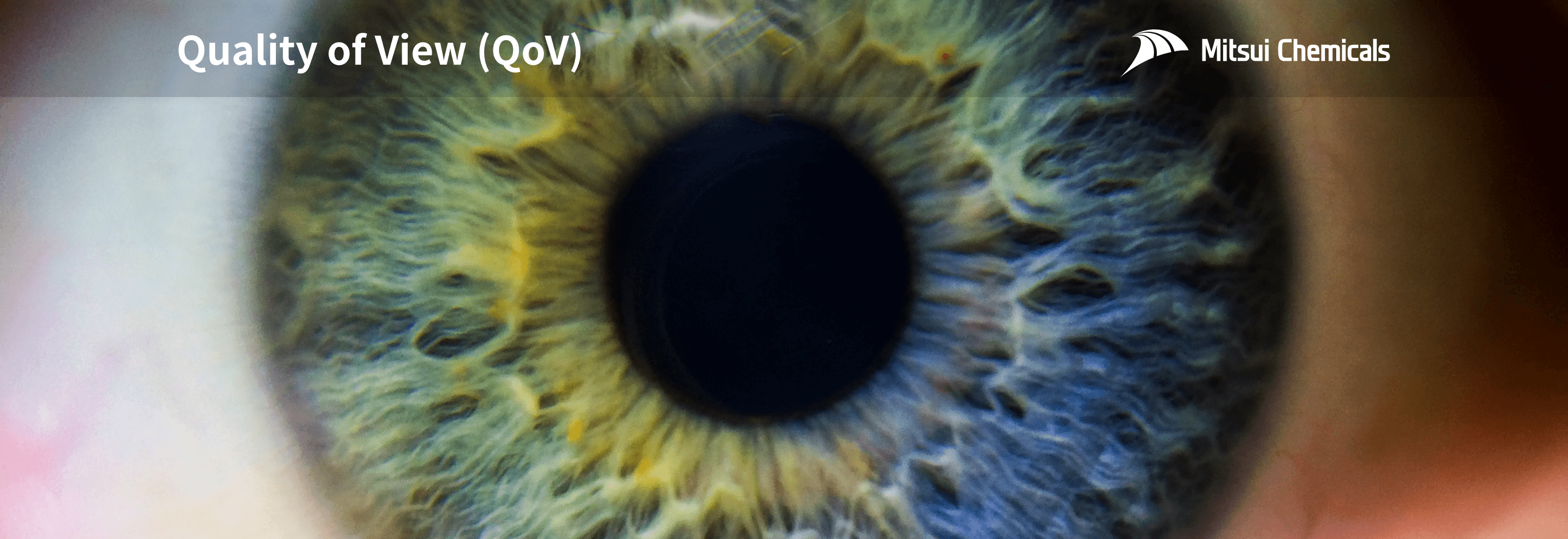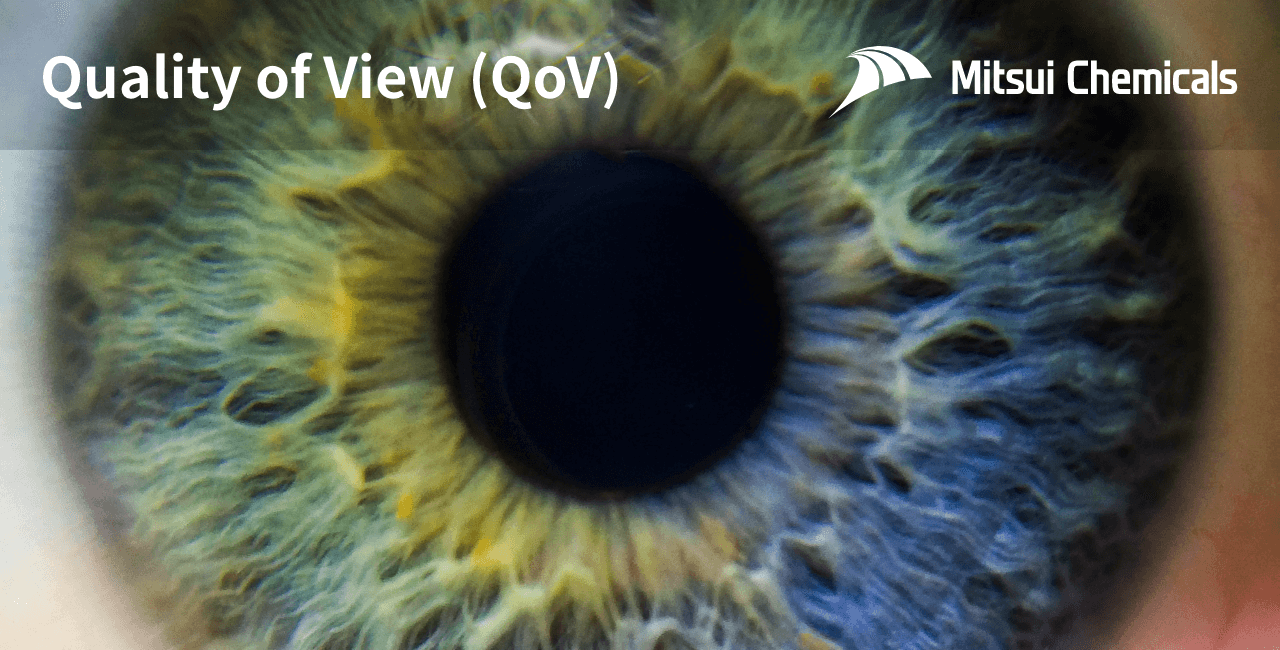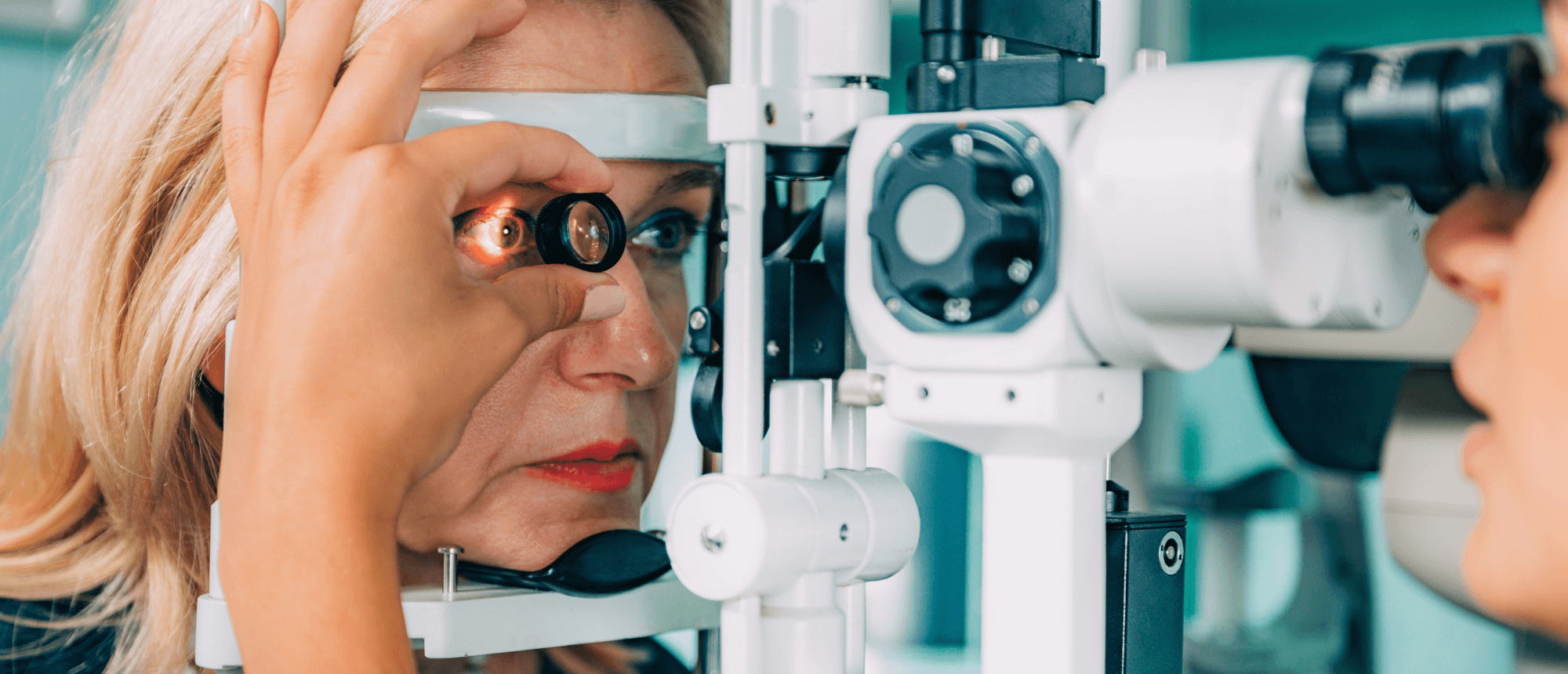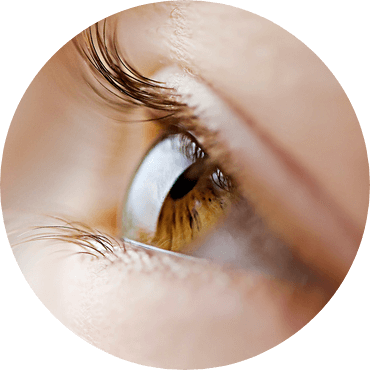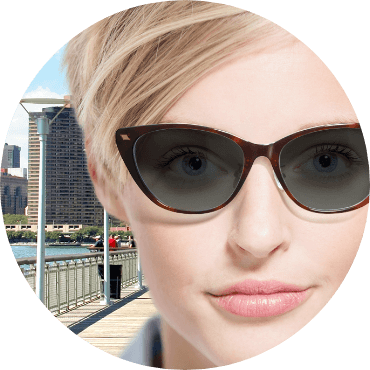In the short term, ultraviolet light inflames the cornea. In the long term, it can lead to cataracts.1 Light in the visible range can also be harmful. Wavelengths associated with blue light, for example, are potentially harmful. Certain lens materials are made using wavelength control technologies that block specific wavelengths, such as the “UV+420cut™.”
Clear lenses can block wavelengths associated with high-energy visible (HEV) light, which can cause age-related macular degeneration over the long term.2
*1 Protection for the naked eye. 2015 UV protection report. The vision council.
*2 Wu, J.; Seregard, S.; Algvere, P.V. Photochemical damgage of the retina. Surv Ophthalmol 2006, 51, 461-481. / Jarrett, S.G.; Boulton, M.E. Consequences of oxidative stress in age-related macular degeneration. Mol Aspects Med 2012, 33, 399-417.
